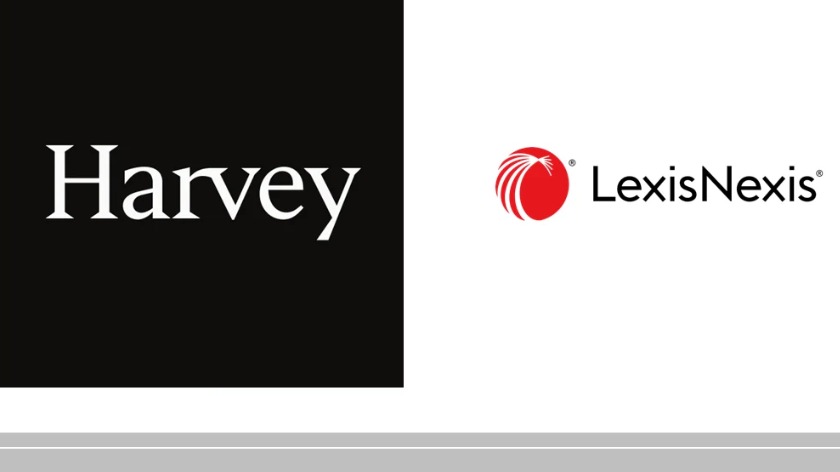Harvey, the OpenAI-backed legal startup, and LexisNexis, a global leader in legal information and analytics, have announced a landmark strategic alliance set to reshape the legal technology landscape. This partnership brings together Harvey’s generative AI capabilities with LexisNexis’ authoritative legal content, promising law firms and legal professionals a new era of AI-powered research and drafting.
Key Features of the Partnership
Integration of LexisNexis Content into Harvey: Harvey users who subscribe to LexisNexis will gain direct access to LexisNexis’ vast repository of U.S. case law, statutes, and Shepard’s® Citations within the Harvey platform. This integration allows for citation-backed, high-quality legal answers grounded in primary sources, filling a critical gap in Harvey’s previous reliance on public legal databases.
Advanced AI-Powered Legal Workflows: The alliance goes beyond data sharing. Harvey and LexisNexis will co-develop sophisticated legal workflows leveraging the latest generative AI. The first workflows in development are:
1) Motion to Dismiss Workflow: Automates the generation of high-quality Motion to Dismiss arguments and related client communications, enriched by LexisNexis legal research content.
2) Motion for Summary Judgment Workflow: Streamlines the drafting process for Motions for Summary Judgment, again supported by LexisNexis’ extensive legal database.
Natural Language Legal Research: Within Harvey, users can pose complex legal questions in plain English and receive comprehensive, citation-supported answers validated through Shepard’s® Citations. They can refine queries through follow-up questions and continue research seamlessly, all powered by LexisNexis’ fine-tuned AI models and proprietary knowledge graphs.
Strategic Implications
This partnership is widely viewed as a pivotal moment in legal tech:
Competitive Edge: By integrating LexisNexis’ exclusive, high-quality legal data, Harvey strengthens its position against rivals like CoCounsel and Legora, offering a “valuable differentiator” in the crowded legal AI market.
Market Impact: The move is expected to influence the strategies of major legal tech players and the buying decisions of hundreds of law firms and in-house legal teams. It marks a shift from competition to collaboration, with LexisNexis recognizing the necessity of joining forces with leading AI innovators.
Future Potential: While the alliance currently focuses on workflow integration and data sharing, industry observers note that this could be the start of deeper collaboration, possibly even leading to future mergers or acquisitions, given LexisNexis’ parent company RELX’s investment in Harvey.
Strategic Rationale Behind the Harvey Partnership
The decision by LexisNexis to grant Harvey access to its proprietary legal databases raises important strategic questions, particularly given Harvey's reliance on foundation models from OpenAI, Anthropic, and Google. From a market perspective, LexisNexis could theoretically license this valuable data directly to these AI giants, enabling them to enhance their legal research and citation capabilities for a broader user base. Given the substantially greater financial resources of these technology companies compared to Harvey, such partnerships would likely command higher licensing fees and deliver wider market penetration to legal professionals currently outside Harvey's ecosystem.
Harvey and LexisNexis Forge Strategic Alliance to Transform Legal AI
The partnership may reflect Harvey's first-mover advantage in approaching LexisNexis with a compelling collaboration proposal. This timing advantage could prove temporary, as similar strategic alliances between LexisNexis and major AI providers like OpenAI or Anthropic appear increasingly probable as the legal AI market matures.
Implications for Lexis+ AI
LexisNexis launched Lexis+ AI in 2023 as its proprietary artificial intelligence solution, positioning it as a direct competitor to Harvey and other legal AI platforms. The company's decision to partner with Harvey, rather than focusing exclusively on its internal AI development, suggests potential challenges in achieving competitive differentiation despite LexisNexis's considerable advantages, including substantial revenue streams, extensive technical teams, and an established client base.
This strategic pivot toward collaboration may indicate that LexisNexis has recognized the complexity of competing effectively in the rapidly evolving legal AI landscape, choosing instead to leverage external AI expertise while maintaining control over its core asset: comprehensive legal data and content.
What’s Next?
The integration of LexisNexis technology and content into Harvey is slated for later in 2025, with collaborative workflow development already underway. As legal professionals increasingly seek reliable, AI-driven solutions, the Harvey-LexisNexis alliance is poised to set a new standard for legal research, drafting, and workflow automation.
This partnership signals not just a technological upgrade, but a fundamental shift in how legal work will be performed in the AI era—faster, smarter, and anchored in the most trusted legal sources available.


